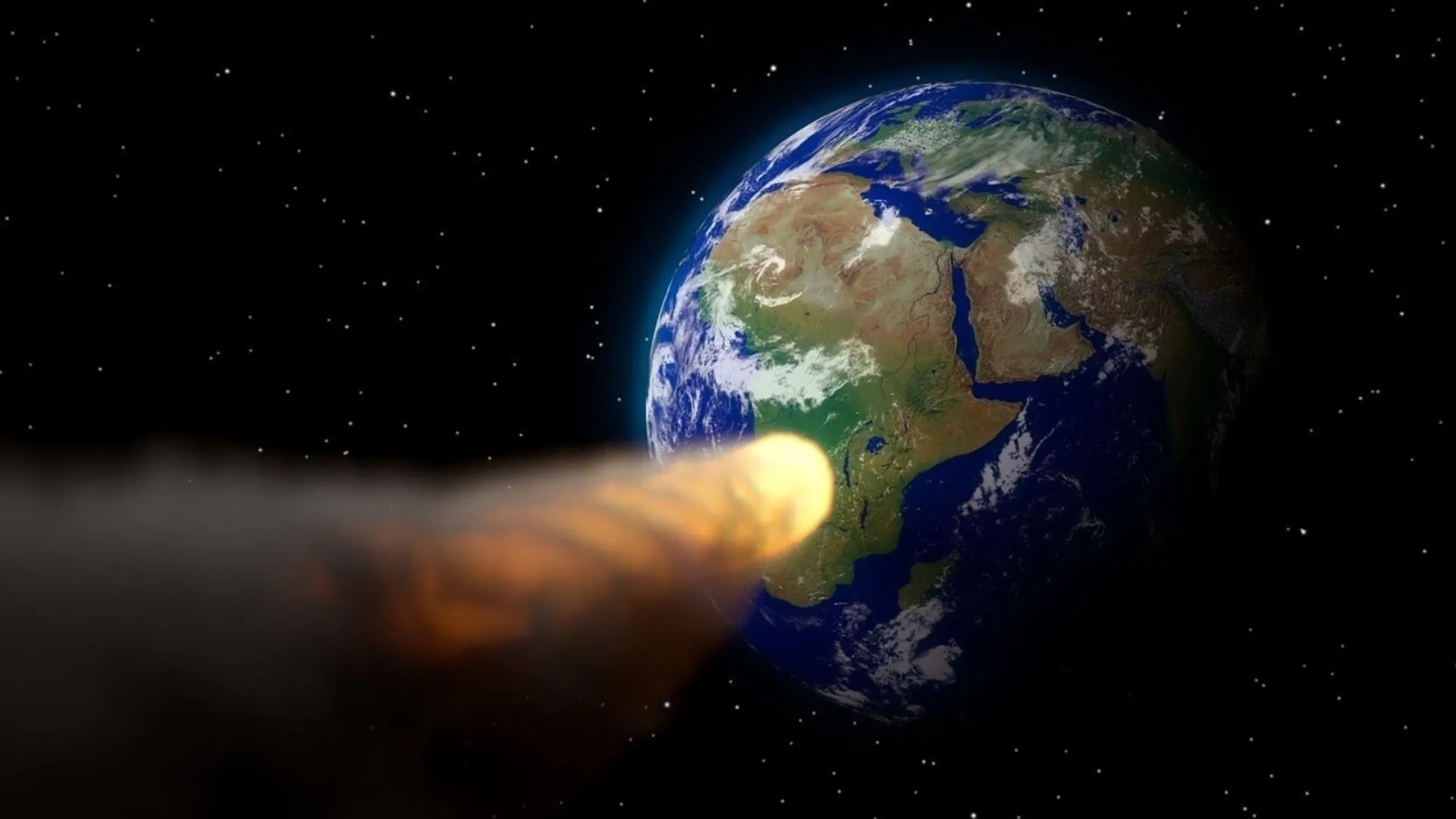On 3 January 2025, Asteroid 2025 AB, a 42-foot Near-Earth Asteroid, gave Earth a flyby at an astonishingly close proximity: a mere 1,53,000 km, less than half the distance to the Moon. Such asteroids, being about the size of a bus, are quite common and provide a goldmine for scientists and sky gazers in the form of observation and research opportunities.
Classification and Grouping of Near-Earth Asteroids
Astrild 2025 AB is among the Near-Earth Objects (NEOs), such a category that entails both asteroids and comets whose orbits bring it closer to Earth than 1.3 AU, or, approximately 45 million kilometers in solar distance. Under the NEA category, NEAs are differentiated into four; Atira, Aten, Apollo, and Amor. It’s noteworthy that 2025 AB belongs to the Aten group. Asteroid 2062 Aten is named after an asteroid found by Eleanor Helin in 1976. The Aten asteroids are described by having a semi-major axis or the average distance of the Sun from the orbit, less than 1.0 AU and its aphelion, farthest point from the Sun is larger than 0.983 AU.
By 2024, scientists had identified 2,062 Aten asteroids, of which 191 are considered potentially hazardous. Such classification underscores the need to monitor their orbits to determine any risks to Earth.
More About Asteroids
Asteroids differ in terms of size, from massive ones reaching 329 miles wide to relatively small at a length of around 30 feet. Although some of them are approaching the proximity of Earth, even when they are, the chances of a collision between asteroids and Earth are still extremely small. According to Franck Marchis, a senior planetary astronomer at the SETI Institute, “We believe they formed in the asteroid belt and got ejected by impact or their orbits were destabilized due to the presence of Jupiter resonances in the belt.”
Similarly, Jay Tate, director of the Spaceguard Center observatory in the UK, explained their origin: “Asteroids are ‘bits of a planet that didn’t happen’ that orbit the Sun between Mars and Jupiter in the Main Asteroid Belt. However, as they are relatively small, asteroids can be disturbed quite easily, so they can develop orbits that cross those of planets.”
Asteroids such as 2025 AB allow scientists to get closer to knowing the intricate details about celestial bodies. Though their paths bring them closer to Earth, careful observation guarantees that any possible dangers will be known far in advance. Thus, while there is interest in the matter, there is also the need to research these cosmic travelers.























